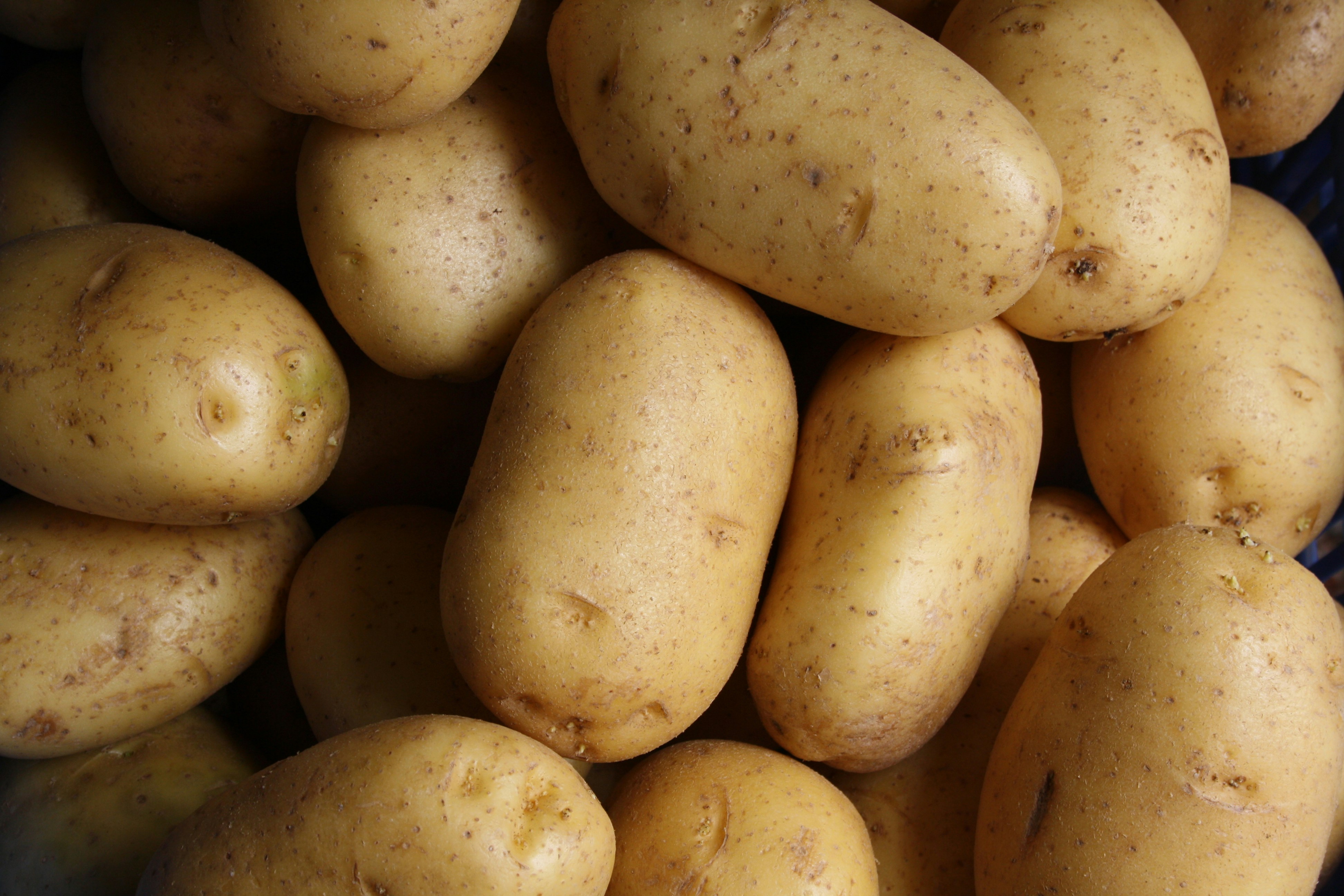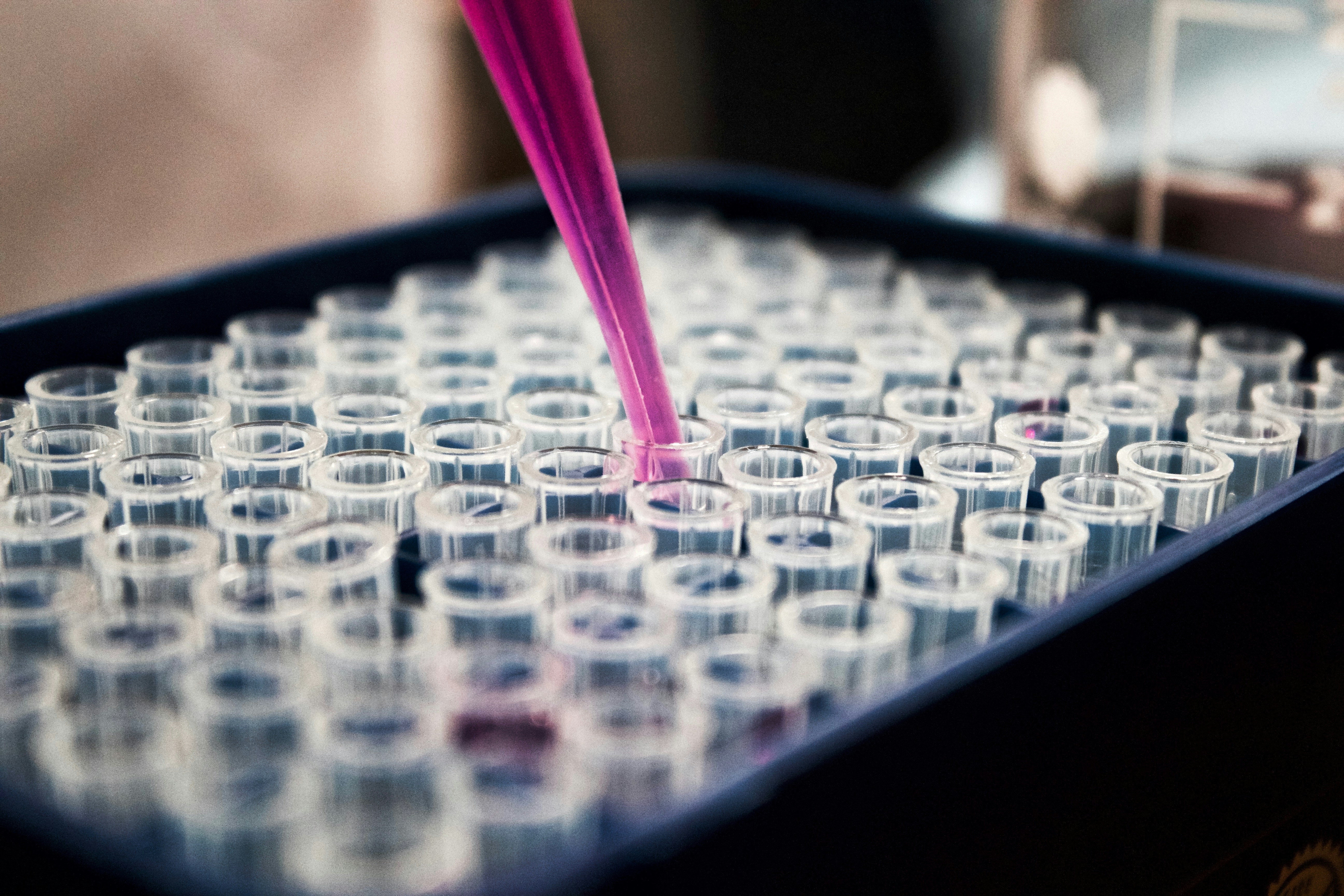Beyond the Drying Rack: The Hidden Science of How Dehydration Transforms Your Food
The molecular architecture behind your favorite dried foods
Article Navigation
The Ancient Art Meets Modern Science
Imagine biting into a sundried tomato bursting with concentrated flavor, or enjoying crispy apple chips that retain their nutrients for months. For millennia, humans have dried foods to preserve them—from fish jerky to dried fruits. But beneath this simple process lies a complex scientific frontier where water removal triggers dramatic structural changes that determine texture, nutrition, and flavor.

In September 2002, the Iberdesh 2002 conference in Valencia, Spain, revolutionized our understanding of dehydration. Scientists from food engineering, biophysics, and materials science converged to explore a radical idea: drying isn't just about removing water—it's about architecting microscopic structures that dictate functionality. This interdisciplinary approach revealed how controlling dehydration could design better foods, protect lifesaving vaccines, and even mimic nature's drought-resistant "resurrection plants" 1 .
Rethinking Dehydration: Beyond Water Removal
Why Structure Rules
Traditionally, engineers viewed dehydration as a race to evaporate water efficiently. But Iberdesh researchers demonstrated that how water exits determines a product's fate:
Cellular Collapse vs. Preservation
Rapid drying can rupture cell walls, turning strawberries to mush, while controlled dehydration preserves porous structures for rehydration.
Fractals in Your Food
Drying patterns aren't random—they follow mathematical fractal geometries that predict texture and stability 4 .
Water's Secret Lives in Muscle Foods
Meat scientists like F. Toldrá revealed that not all water in steak is equal. Muscle fibers trap water in three distinct states:
Fractals in the Drying Lab: A Case Study
How Scientists Visualized Invisible Patterns
To decode dehydration's chaos, researchers at Iberdesh designed an elegant experiment using a slab-shaped "model food" (glucose-infused agar gel). Why a model? Real foods vary too much; agar offered precision 4 .

Step-by-Step: Tracking Disorder
- Drying setup: Slabs were air-dried at 60°C while sensors mapped surface temperature (ST) distributions.
- Imaging: High-res cameras captured structural changes every 15 minutes.
- Fractal analysis: Software converted ST data and grayscale images into fractal dimensions (Df)—a measure of irregularity where higher Df = more complexity 4 .
Results: The Three Stages of Transformation
| Drying Stage | Time (min) | Fractal Dimension (Df) | Structural Change |
|---|---|---|---|
| Initial | 0–15 | Non-fractal | Uniform surface |
| Chaos Peak | 15–120 | 1.72–1.78 | Pores form, ST fluctuates |
| Equilibrium | 120+ | ~1.0 (linear) | Temperature stabilizes |
| Drying Time (min) | Grey-Level Df | Visual Description |
|---|---|---|
| 0 | 1.32 | Smooth, translucent |
| 60 | 1.58 | Mottled, opaque zones |
| 120 | 1.81 | Cracked, heterogeneous |
The "Aha!" Insight
Fractal peaks coincided with maximum structural disorder—the critical window where engineers could intervene to prevent cracking or nutrient loss. Df became a universal "fingerprint" for dehydration quality 4 .
The Scientist's Toolkit: Decoding Dehydration
| Tool/Reagent | Function | Real-World Application |
|---|---|---|
| Glucose-agar models | Simulates cellular foods without variability | Standardized testing of dryers |
| Fractal analysis software | Quantifies surface complexity from images | Predicting rehydration speed in vegetables |
| Differential Scanning Calorimetry (DSC) | Detects glass transition temperatures | Stabilizing probiotics in powdered drinks |
| Nicotinic acid | Antioxidant for hemoglobin stabilization | Keeping blood-based meat substitutes red |
| Microbial transglutaminase | Enzyme that "glues" proteins | Reducing drip loss in plant-based meats 4 |
From Lab to Life: The Legacy of Iberdesh 2002
The conference sparked innovations far beyond food:
Glass transition principles now protect vaccines in lyophilized "solid states" for shipment to remote areas.
Blood proteins from slaughterhouses—once discarded—are transformed into functional ingredients using dehydration stabilization .
Mimicking "resurrection plants" (which revive after drying) could engineer drought-tolerant grains 1 .
"Drying is molecular architecture."
As lead researcher José Miguel Aguilera declared, "Drying is molecular architecture." Twenty years later, this ethos endures: controlling water isn't just preservation—it's a tool to build smarter, sustainable materials. Next time you snack on a crispy mushroom chip, remember: it's a masterpiece of structural engineering.
"Water shapes the structure, and structure defines the function—this trinity governs all."